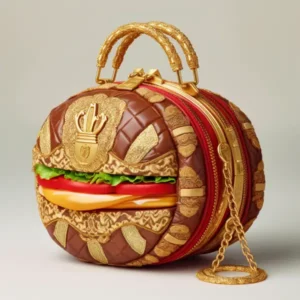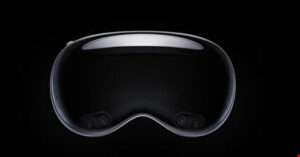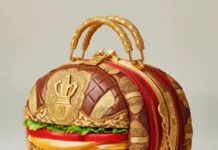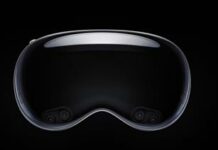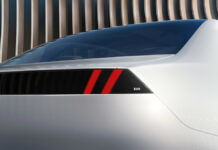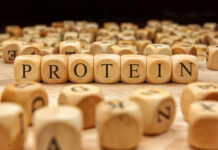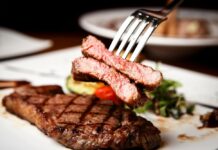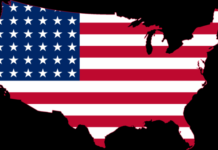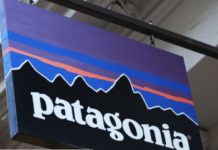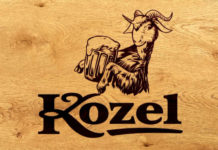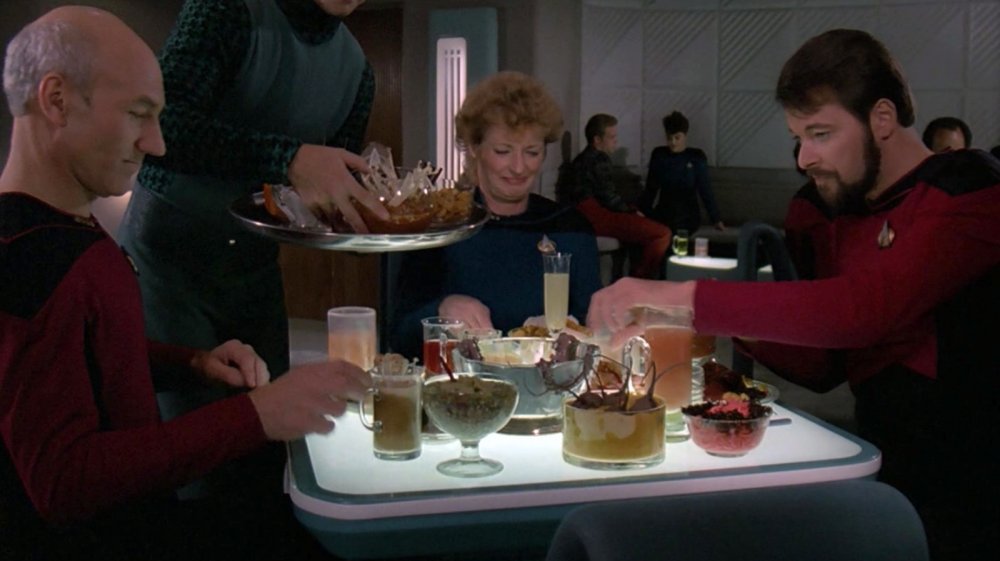
From the full banquets of “Foundation” to the intricate meat dishes of “Hannibal,” food stylist Janice Poon explains how she tells stories that take place in fantastical worlds.
Watching TV, we often wonder what professional figures are behind certain details that make the narrative, even of completely fictional events, consistent with the very plot of the narrative we are watching.
Reading an article discussing Science Fiction, I found a parallel between the creation of new menus in hotels and the work of a new professional figure: the Food Stylist. Below is an interview with one of the most well-known .
How do you set the table for a clan of Klingons or the cloned leaders of an intergalactic empire? For food stylist Janice Poon, making the prop food for the fantasy worlds of film and television can involve anything from shaping octopuses into a sprawling fountain using wires and mashed potatoes, to sculpting aliens with Rice Krispies, to gutting and painting 20 turkeys to look like peacocks-all while juggling the dietary needs and preferences of the actors eating her creations.
Poon has put his talents to work on the sets of Star Trek: Discovery, Foundation, Hannibal and The Shape of Water, among many others. He shared some secrets of his process in a recent interview with Gastropod, for their latest episode exploring the foods of science fiction and fantasy.
“I read the script and decide: what are the people around the table doing?” Poon explained. “What is their dynamic? Are they arguing? They’re usually fighting. Are they competing for power? Are they trying to kill each other?” She shrugged her shoulders. “The usual family dinner stuff.”
With these cues in mind, the resulting food not only looks incredible, but plays an important role in telling the stories of these fantastical worlds. Poon spoke with Gastropod co-hosts Cynthia Graber and Nicola Twilley about what a food like roasted peacock or bloodworms can tell viewers about the characters who eat it, as well as the dangers of puff pastry on a set and the challenges of designing food for alien hands. Below is an excerpt of their conversation.
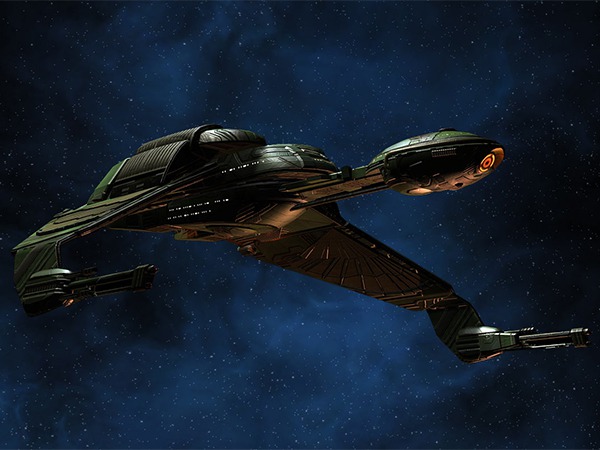

A few questions about creating foods that don’t exist
Can an Artificial Intelligence generate ideas for Bags inspired by Fast Food Chains?
APPLE VISION PRO and Tourism – everything will change if everything changes
Memcomputer, the computer that mimics, really, the Mind
Dolce&Gabbana will parade in Alberobello on July 9 ( Puglia – Italy )
Are there any favorite TV shows or movies that inspired you to pursue this unusual career?
Janice Poon: Oh my goodness. I get scared easily and I’m a little paranoid: So I don’t watch horror. Even just being on a plane scares me, so I don’t like to go into space [although I do watch fiction]. But I think it’s my sense of deep paranoia that allows me to imagine the worst scenarios in these genres. That’s why I started doing them.
Where does the process of designing food for the screen start?
Sometimes it is mentioned in the script. It says, “Spock arrives with a plate of spaghetti.” Then there are details to be worked out. What kind of topping, what kind of container, is it a generous amount or is it just a little stringy?
Sometimes it just says “they sit at the table.” And then it’s up to you to decide what they are eating. When I’m really desperate, I go to the store and start looking…. The idea is that you have to look at everything as if you’ve never seen it before. Because that’s where you say, “Oh, wait! You and I know it’s a purple potato, but if we didn’t know it was a purple potato, it could be-anything. It could be the thing that solves my problem. But then I have to take into account: Do actors have allergies? I always think it’s hilarious that the food shown on TV is never really what it’s supposed to be.
Tell us about these constraints. What are the things you have to do specifically for food on a film set?
Everything on the table has to be edible. Even if it’s not meant to be eaten in the script, that’s the magic of cinema: the director will have an idea, or the actors will have an idea, “My character could reach out, grab this and start devouring it.” And you think, “Oh no, you can’t, because it’s plastic!” It’s not possible for that to happen.
But often, especially in science fiction, actors have claws or fins. So this is always a problem: Will they be able to reach out and grab food? How will they do that? And you don’t want them to have grease or anything on their hands, because oil is very harmful to the material used for prosthetics.
The food must be bite-sized. It must be something that disappears quickly. They have to say lines: it’s not about chewing, it’s about dialogue. So they must to be able to push it into their mouth and talk right away drooling or without the spinach getting stuck in their teeth.
It sounds like a nightmare. Can you give us an example of one of your recent triumphs?
Recently I had to invent a dessert, and it had to be a twist, because one character says, “Oh, this is not twisted correctly.” This is fine, until you find out that a third of the cast is vegan and a third is gluten-averse. And then another person doesn’t like fried food. Also it has to look otherworldly.
So I layered a blue and a yellow soft tortilla, twisted them together on a chopstick, brushed them with oil and air-fried them. Then I put the whole thing in a gluten-free loaf that I rolled out and cut out in the shape of a flower so that it was like a little cup that the twist could fit in.
It is when you have a problem and you have to find different solutions that your mind starts working. I like to complain about constraints, but that’s really where creativity comes from.
How does all this food help tell the story on the screen?
Food is not only its taste. It is also the memory with which it is imbued. That is why food is a great storyteller in itself, because it is not only our personal history, but also our cultural history and our relationships with each other.
Dinnertime should be a time of respite. Everyone is present. The cook promises not to kill you, not to poison you. The guests promise not to steal silver, and everyone promises not to stab each other to death. It is a kind of civilization. There is an unusual intimacy at the table that does not occur in other places. So it allows many things to emerge within the dialogue.
What I want to do with food is strengthen that dialogue and strengthen the personalities involved and their motivations. So food can have a threatening aspect if it’s about status, if there’s infighting. But always, I think it has to be appetizing no matter what. The viewer has to feel like reaching out and taking a bite.
Contact Us
Address
via Ammiraglio Millo, 9 ( Alberobello – Bari – Italy)
info@ailovetourism.com
Phone
+39 339 5856822

